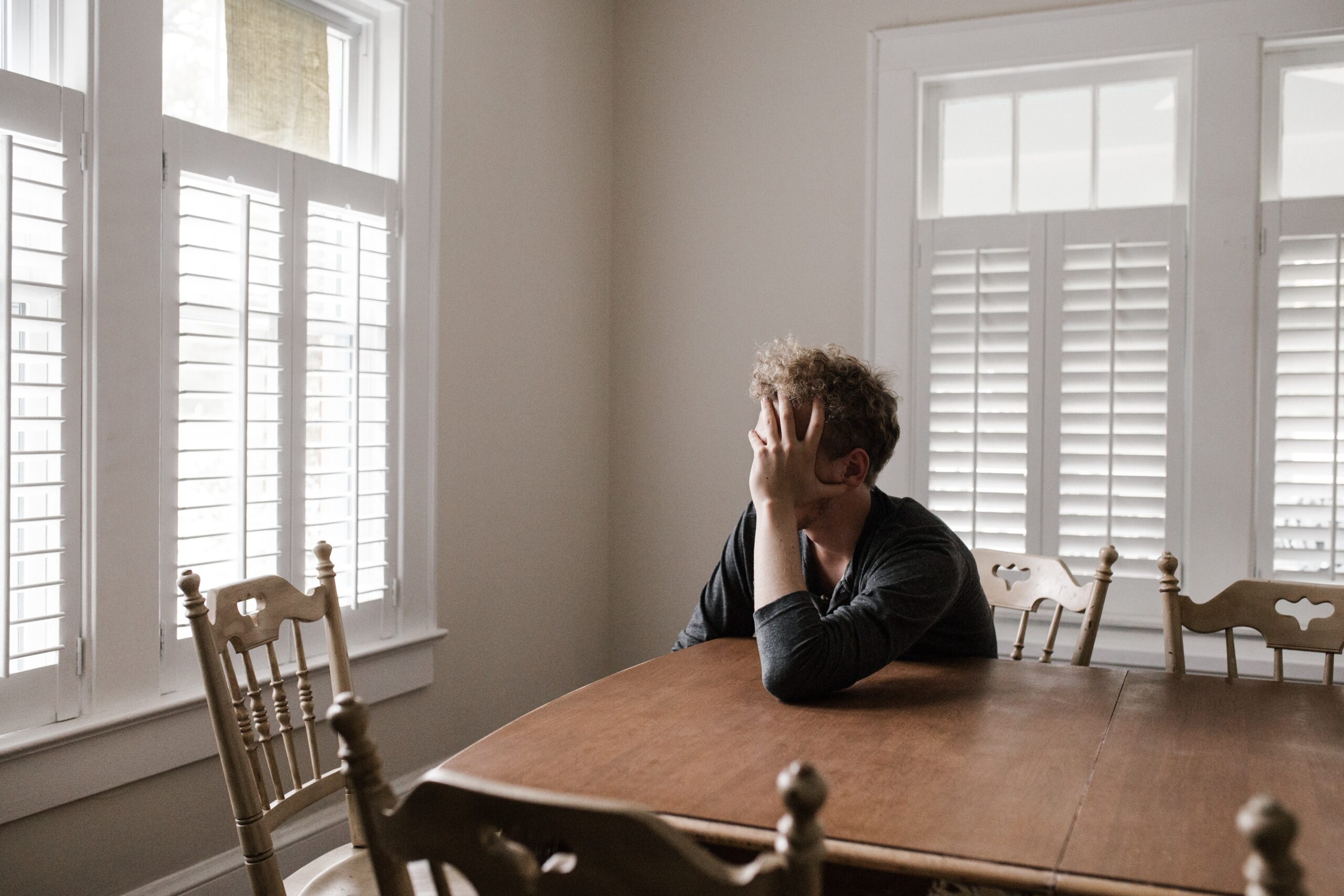In the last century, we as humans have moved from a very active lifestyle to a very sedentary one. Unfortunately, our evolution has yet to catch up.
I often tell people that, in many ways, our bodies are very similar to cars. We need to be used, we need to be driven, we need to be maintained, and, occasionally; we need to go all out. If you have ever taken your car out on the open road so you could put the pedal to the metal and do 80 or 90 MPH for just a minute and see the amount of junk that flies out of the tailpipe, then you understand what I’m talking about.
Not that long ago, only secretaries or switchboard operators sat most of the day. One study done in 2013 by Ergotron, a manufacturer of sit/stand desks, found that 86% of Americans have office jobs that require sitting most, if not all, of the day. This does not include the additional time spent sitting while commuting, watching television, surfing the internet, and using video games.
That, my friends, is a whole lot of time spent on our behinds.
This same study found that 70% of those workers hate all this sitting around.
There is a good reason to despise all this sitting. “Tennis elbow” is what doctors used to call tendonitis of the elbow. Today, it is commonly called computer elbow. How times change. I recently heard another doctor say that sitting is the new smoking.
That really gives one something to think about, doesn’t it?
I had to do some research on that. Could sitting really be the new smoking? The answer is yes, it just might be.
Consider this:
- Low back pain from sitting is the leading cause of disability for those under 45
- The longer people sit, the greater their chances are of developing depression
- A meta-analysis of 18 studies over a 16-year period found that those who sat for over 4 hours a day had a 46% increased risk of premature death
Those are some frightening statistics.
While we can’t avoid sitting entirely, we can reduce the damage that can be caused by excessive sitting.
If you find yourself sitting in an office all day, stuck in your cubicle, staring at a screensaver of beautiful nature photos, you might benefit from the following survival guide.
Step #1: Dump the office chair
If you don’t think you can dump the office chair because you can’t imagine how will you ever lean back and gloat about your last raise to your coworker, then at least push it to one side of your office for now.
Sitting in a typical office chair causes shoulder, back, and neck pain. No matter how comfortable that chair might be, it isn’t doing you any favours.
Get a stability ball and use it. True, it might take a week or two for your core muscles to become strong enough, so you don’t feel exhausted using it, but it will be so worth the effort.
Stability balls are inexpensive and can be purchased almost anywhere. Start off with two hours each day, slowly increasing the time you spend on it until you prefer it to your chair. One day, you will. Trust me on this one.
You can keep your old chair for your coworker to sit on when they visit.
Step #2: Bring the outdoors inside
Bring plants, a tabletop fountain, or flowers into your office space. Researchers show that bringing plants into buildings not only helps to clean toxins from the air, but they improve mood, self-esteem, and increase productivity by as much as 15%.
I also like to add a little personal touch to remind me that I have a life outside of the office. For example, if you make pottery in your spare time, you might want to bring in pieces you have made or that your children have made. Flowers from your garden or a wreath of evergreens and eucalyptus you made yourself, whatever reminds you that you are not your office.
Oh, and that screen saver? It’s actually a great idea. Looking at pictures from your last vacation, places you hope to visit, or even photos of exotic places, can improve energy levels and improve focus.
Step #3: Move It
Get up off your butt and walk around, stand, pace, or do jumping jacks in your office every chance you get. By law, you must get two 15-minute breaks and at least a 30-minute lunch break. It doesn’t sound like much but use that time to your advantage.
Don’t sit at your desk and check your FB or Twitter account, get out of that chair and walk. Where you walk isn’t as important as walking itself. Call your SO, kids, or mother and walk while you do it. Consider buying a pedometer or FitBit type of watch that counts your steps. It can be hard to get in those 10,000 recommended steps, but it is oh so worth it!
One friend of mine sets a timer on her phone to go off every hour (when she’s not in a meeting). If nothing else, she stands up, does a few stretches, touches her toes a few times, and she’s good for another hour. Anything you do, anything at all, is better than simply sitting.
Don’t forget that getting in some exercise when you are at home is also better than sitting around binge-watching Breaking Bad. Yoga is especially good for relieving stress and stretching out muscles that have tightened up because you sat through a 3-hour meeting nonstop.
Remember that you are NOT a prisoner to that office chair. Employers still haven’t found a way to chain you, literally, to your desk and chair, so take advantage of that before they do!
Thanks for reading this post. Please feel free to share this post with your friends and family. After all, sharing is caring!
Author: Dr. Brent Wells
Dr. Brent Wells is a California native who, after graduating from Western State Chiropractic College, decided to take his wife Coni and brave the wilds of Alaska, where he opened his own chiropractic clinic in Anchorage. Dr. Wells believes in treating people the way he wants to be treated. You can find him volunteering for the Reflex Sympathetic Dystrophy Foundation and, in his free time, Dr. Wells loves spending time with his 3 children, playing golf, bike riding, hiking, and playing the guitar while he pretends to be a rock star from California.













